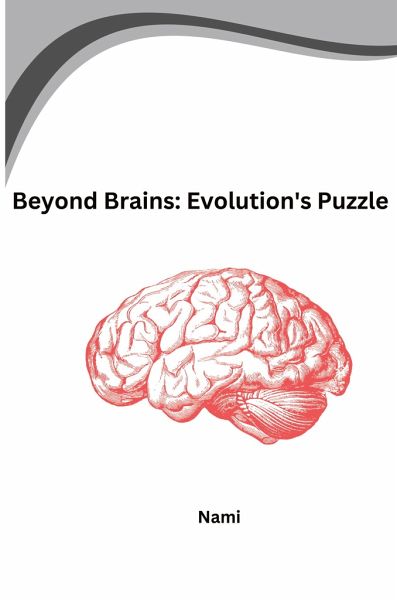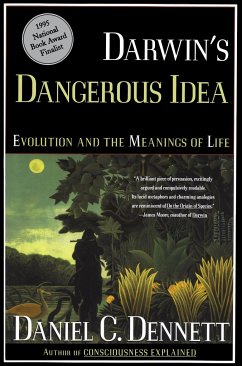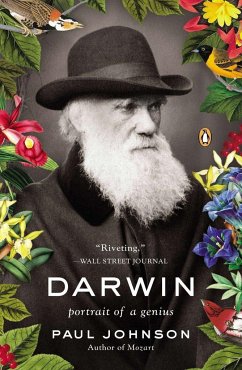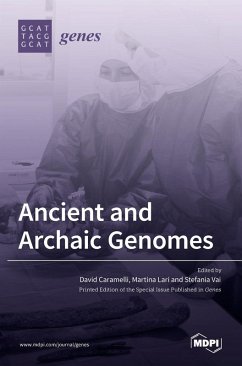
Beyond Brains: Evolution's Puzzle
Versandkostenfrei!
Versandfertig in 6-10 Tagen
26,89 €
inkl. MwSt.

PAYBACK Punkte
0 °P sammeln!
The human story isn't simply one of big brains. While our complex craniums are undeniable marvels, a deeper evolutionary puzzle remains. Our ancestors possessed brains not much larger than chimps, yet they displayed tool use and social behaviors. This suggests other factors, alongside brain size, were at play. Perhaps a shift in brain organization, the emergence of key genes, or even changes in our environment unlocked hidden potential.Unraveling this puzzle requires delving beyond just brain size. Studying the intricate dance between genetics, behavior, and ecology might reveal a more nuanced...
The human story isn't simply one of big brains. While our complex craniums are undeniable marvels, a deeper evolutionary puzzle remains. Our ancestors possessed brains not much larger than chimps, yet they displayed tool use and social behaviors. This suggests other factors, alongside brain size, were at play. Perhaps a shift in brain organization, the emergence of key genes, or even changes in our environment unlocked hidden potential.Unraveling this puzzle requires delving beyond just brain size. Studying the intricate dance between genetics, behavior, and ecology might reveal a more nuanced picture. By examining the complete evolutionary toolkit, we can gain a richer understanding of how we became who we are














